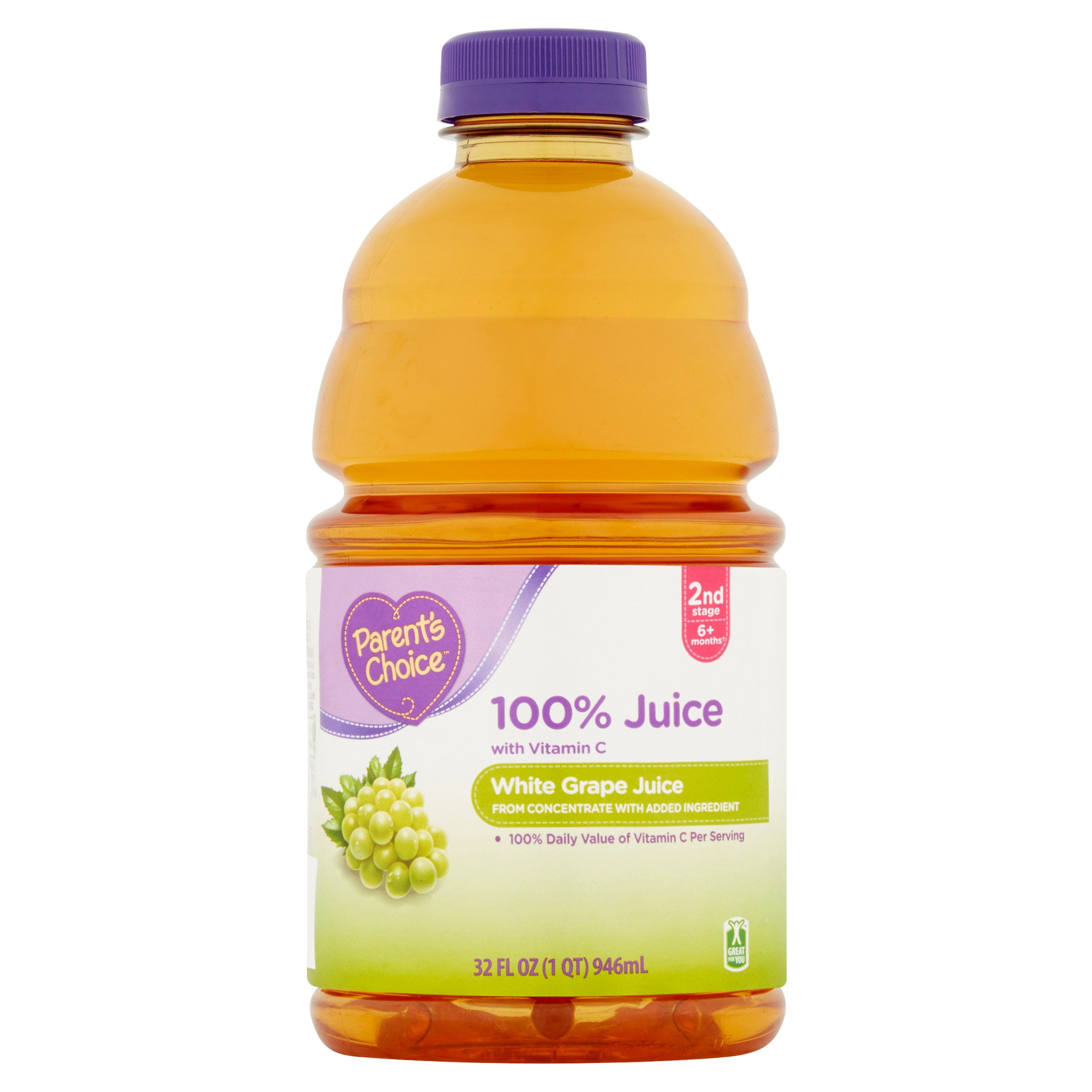

Vinegar may also help suppress tumor size, therefore prolonging the lifespan of those with cancer. It’s also been shown to help improve insulin sensitivity in diabetics with insulin resistance and improve their blood glucose levels.įor those who worry about their cholesterol levels, it’s interesting to note that the cholesterol levels in rats fed vinegar were significantly lower than the rats on the same diet without the vinegar. Many people swear by taking one to two tablespoons of apple cider vinegar daily for its purported health benefits.Īpple cider vinegar is antimicrobial and can fight against pathogenic microorganisms like E. By allowing the juice or cider to ferment, it will first become alcoholic (a “hard” cider of sorts) and will then convert to vinegar. Using apple cider or juiceĪnother option for making apple cider vinegar is to use store-bought apple cider or apple juice. If you don’t have enough apple scraps for making a decent size batch of vinegar, you can always freeze them to combine with more scraps later on. That makes this project a frugal way to limit waste when making apple recipes like homemade apple butter, apple fries, or apple crumb cake. You can use just the peels and cores of the apples, something you’d otherwise compost or throw away.

Using apple scrapsĪnother thing to keep in mind is that you don’t have to use the entire apple for making vinegar. By making your own vinegar, you can save yourself a lot of money, especially if you have access to inexpensive apples or have your own apple tree (like me). Sure, you can find inexpensive apple cider vinegar at stores, but if you are looking for high quality, organic unpasteurized apple cider vinegar sold in a glass bottle, it can be rather pricey.

There are several reasons that you may choose to make your own apple cider vinegar rather than buying it at the store. Apple cider vinegar is one of those pantry staples that many people use for cooking, cleaning, or for its health benefits.


 0 kommentar(er)
0 kommentar(er)
